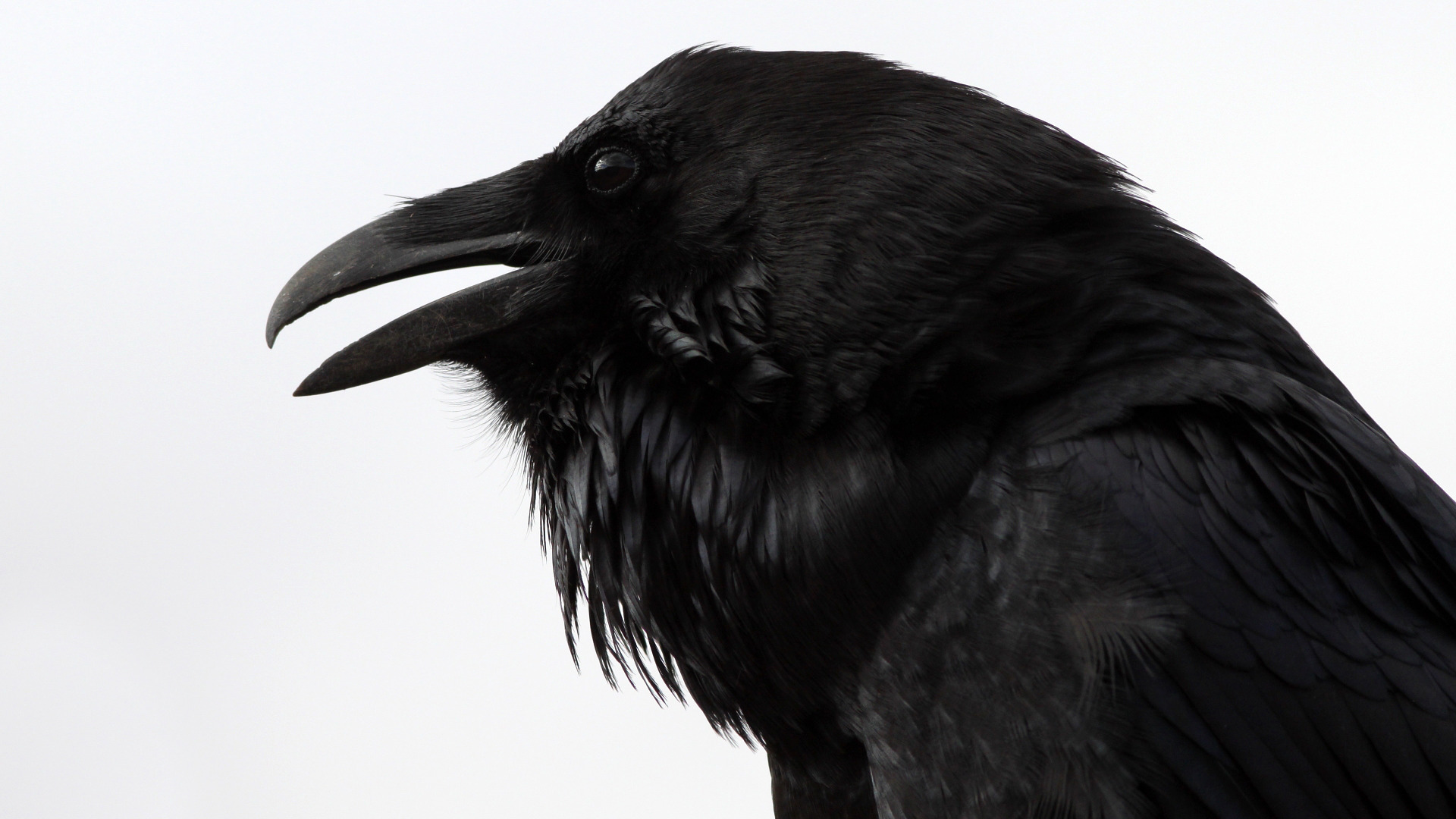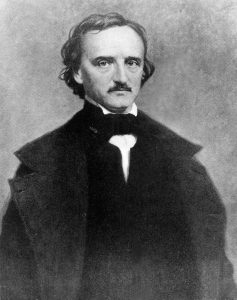On this day in 1845, Edgar Allan Poe’s The Raven was published in the Evening Mirror, a New York newspaper that propelled Poe to literary fame and cemented his legacy.
Blending gothic imagery, rhythmic intensity, and psychological horror, The Raven tells the story of a grief-stricken man who descends into madness after being visited by a mysterious talking raven. The bird’s relentless refrain—“Nevermore”—becomes both a torment and a prophecy, forcing the narrator to confront his undying sorrow for his lost lover, Lenore.
Since its publication, the poem has been analyzed through mythological, religious, and classical lenses, its themes of mourning and loss resonating across generations. But The Raven is more than a literary masterpiece. Embedded in its haunting narrative tone is a reflection of Poe’s own tragic life, which was marked by relentless loss and personal demons.
Poe’s suffering began early. His mother, brother, and foster mother all died when he was young, and as an adult, he endured the death of his cousin-turned-wife, Virginia, from tuberculosis. Each loss chipped away at him, driving him deeper into alcoholism and despair.
At the time of The Raven‘s publication, Poe was working at the Evening Mirror and had just returned to New York in the wake of Virginia’s illness. Though respected for his writing, he was notoriously combative, frequently accusing fellow poets, including Henry Wadsworth Longfellow, of plagiarism, consequently alienating himself from literary circles.
Despite The Raven bringing him widespread recognition, Poe’s literary career had begun years earlier. His first book, Tamerlane and Other Poems, was published while he was stationed at Fort Independence in Boston Harbor, having enlisted in the military to escape financial ruin. Later, he attended the United States Military Academy at West Point but deliberately got himself expelled, which is presumed to have been an act of self-sabotage following a falling-out with his foster father.
In the years that followed, Poe’s struggles only deepened. He married Virginia, his cousin, when she was just 13, and as her health declined, so did his. After her death in 1847, he spiraled further into drinking and instability. Two years later, at the age of 40, he was found delirious on the streets of Baltimore. He died soon after under mysterious circumstances, an eerie end befitting the master of gothic literature.
Nearly two centuries later, The Raven remains one of the most haunting and influential poems in history. Its haunting verses continue to captivate readers, proving that while Poe himself may have succumbed to the darkness, his words, along with his legacy, will nevermore be forgotten.




